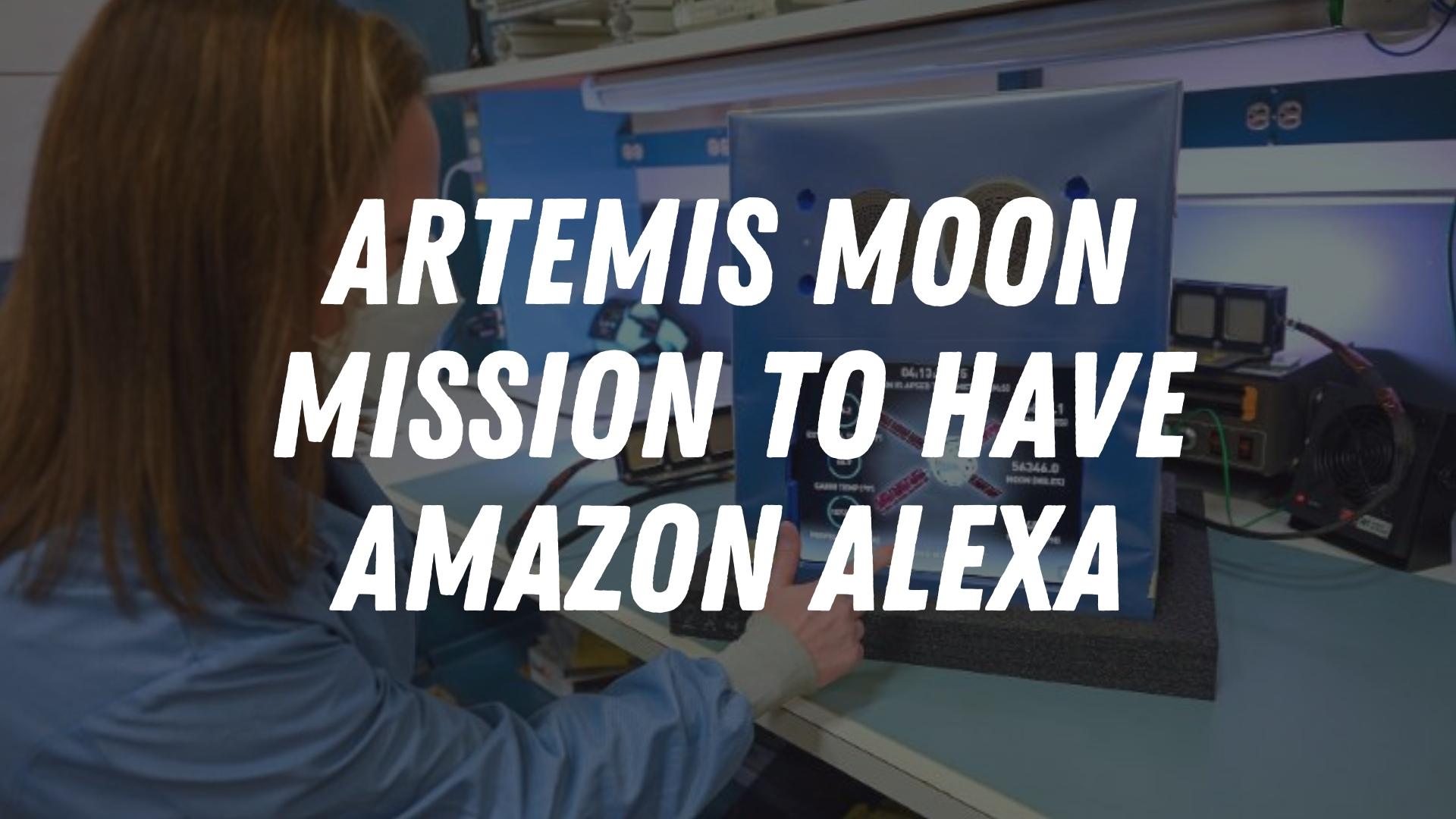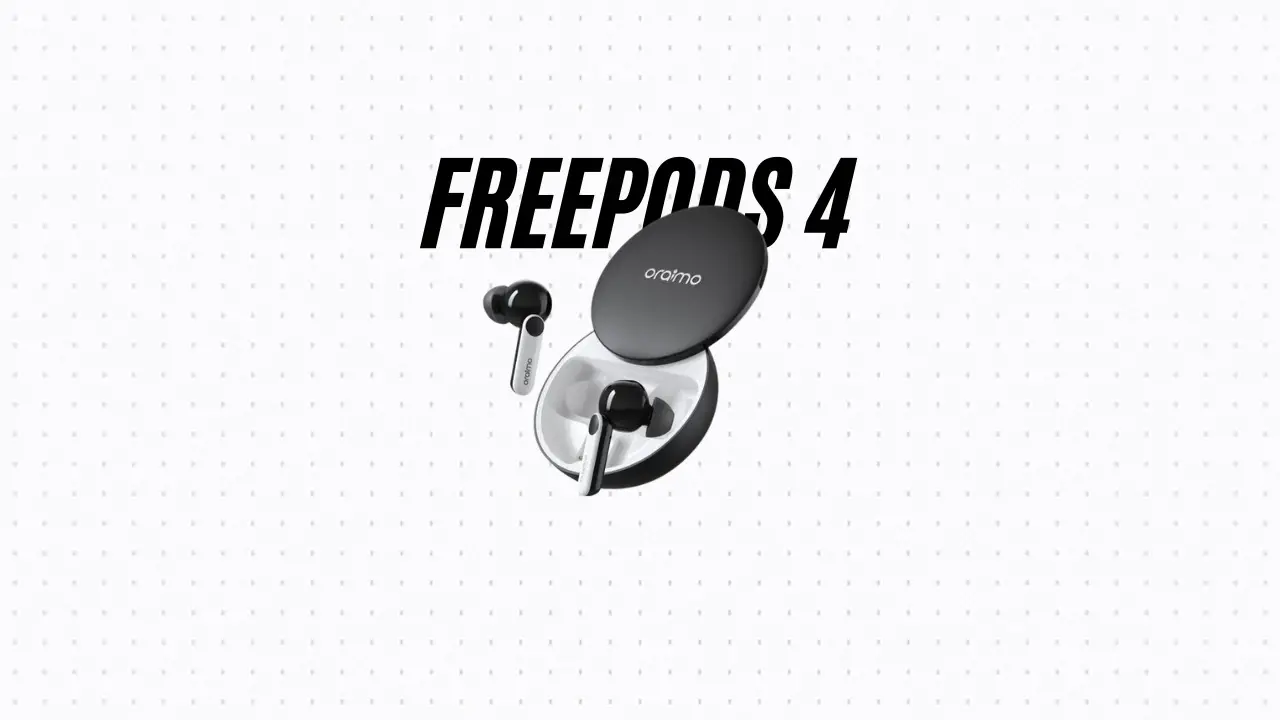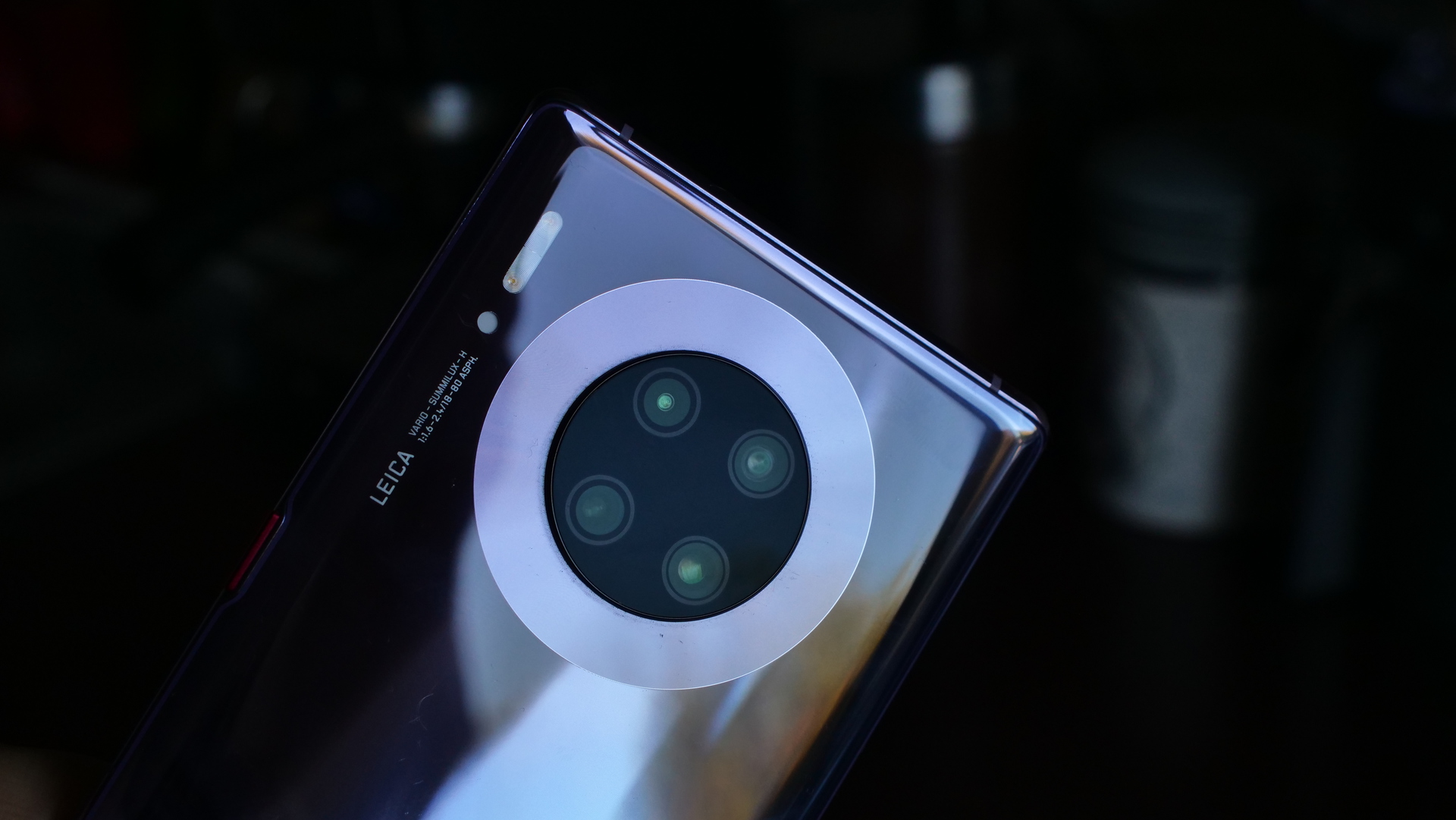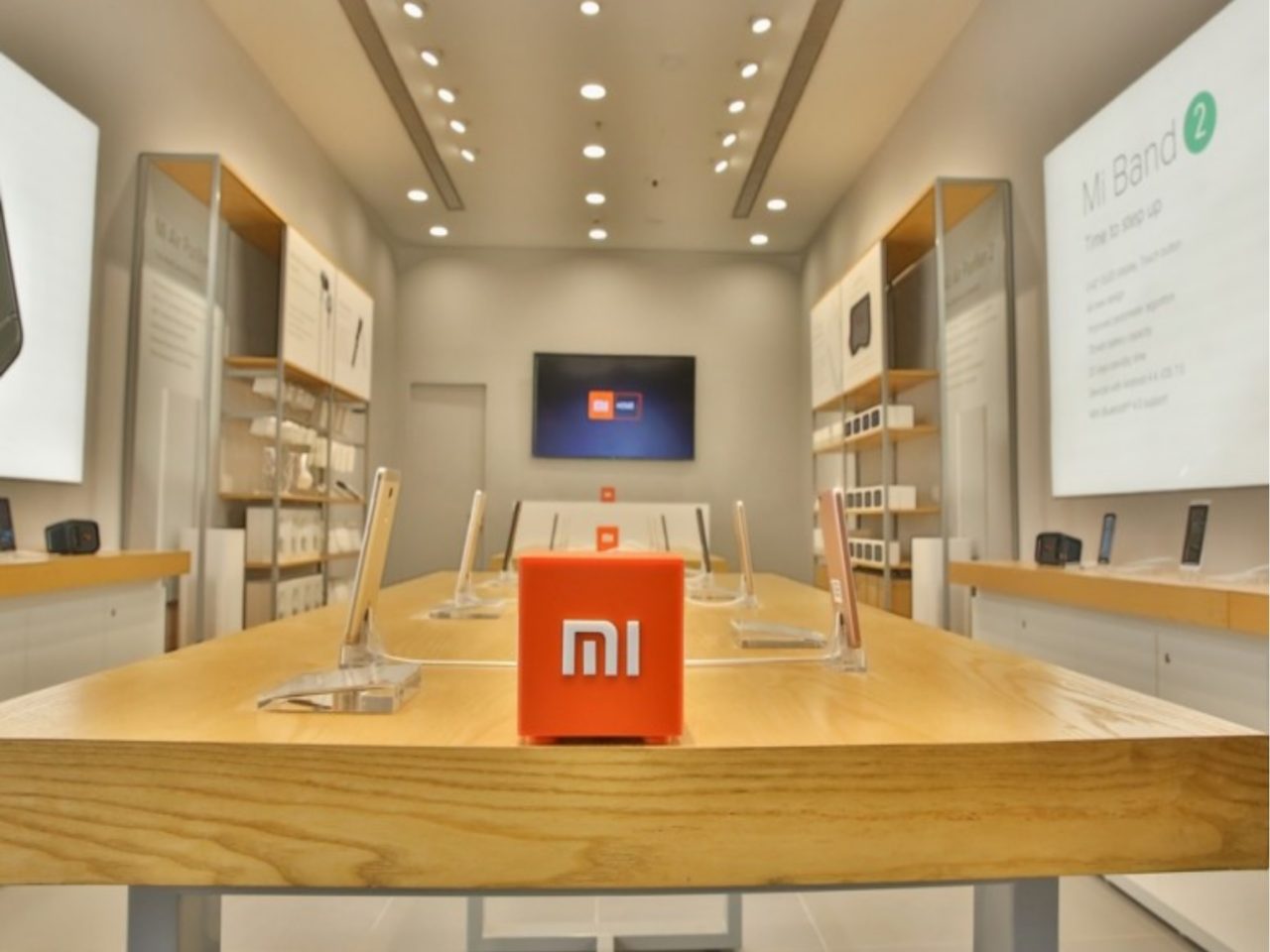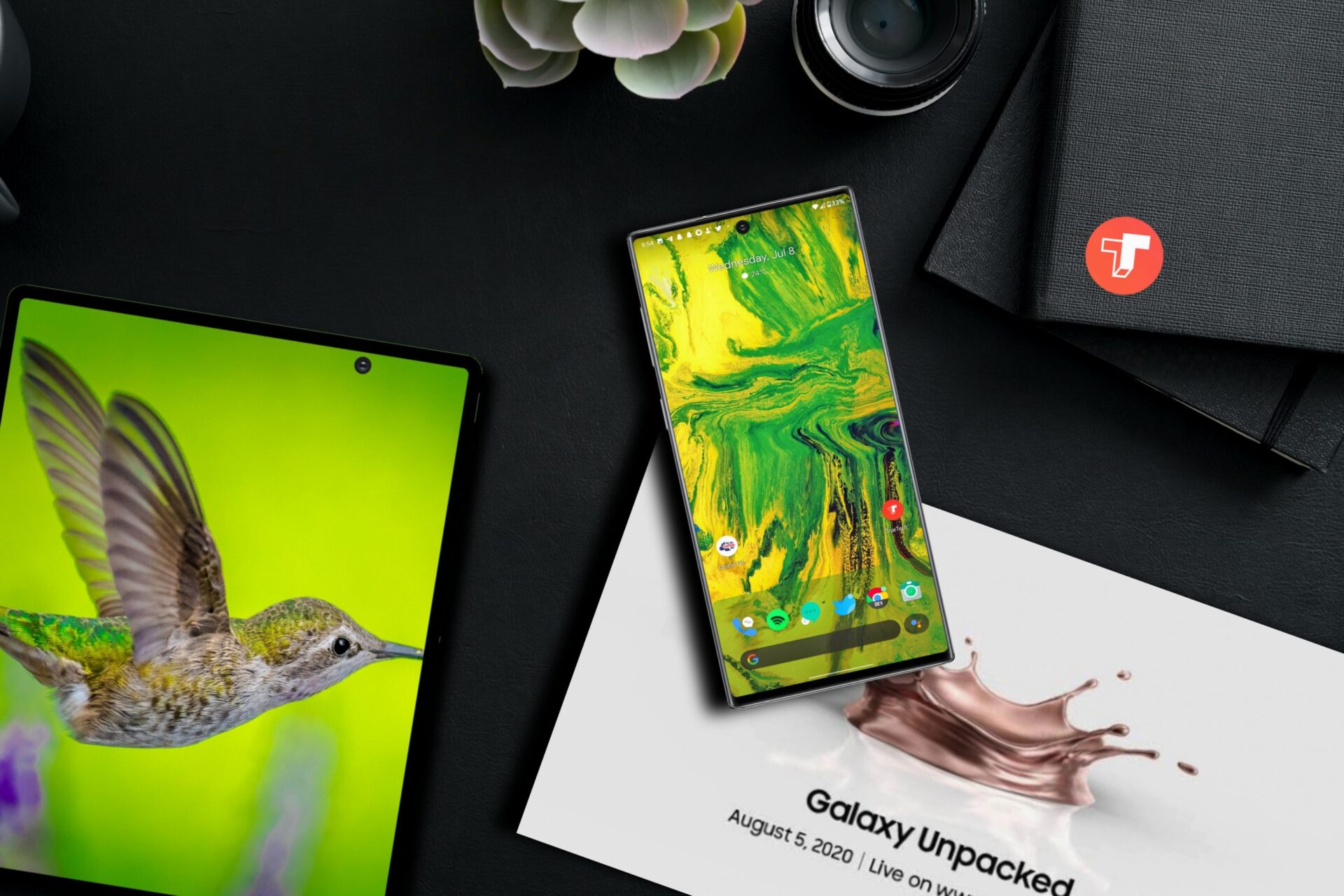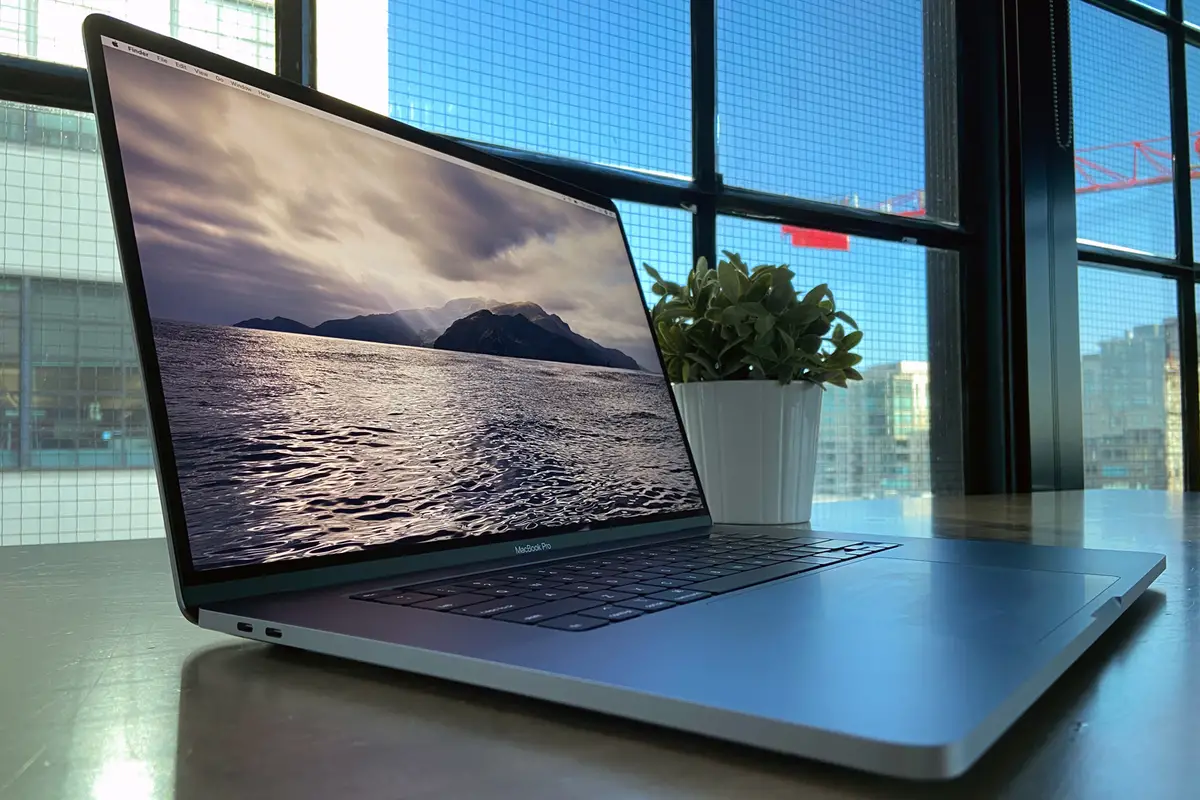NASA aims to send its Orion spacecraft around the moon and this mission has been named Artemis 1. If everything goes according to plan, we will see Artemis 1 take off as soon as March this year.
It is also worth noting that while there will be no passengers inside the cabin and it will be empty, there will an interactive tablet which is named “Callisto”.
Callisto is an interactive tablet that is designed to face an astronaut mannequin and it is basically a touch-screen device with Amazon Alexa and Cisco’s Webex teleconferencing platform inside it.
The team of engineers who have designed Callisto need to know how the virtual assistant will behave in space and that will shape up how these technologies can be used in the future.
If this experiment is successful, NASA says that they will have more such “Callisto”-type devices inside the cabin that will have real astronauts on board.
This way, they can also have some source of entertainment with Alexa-like voice assistants and even make video calls with Webex. However, it is worth noting that Callisto is not made by NASA. It is developed in partnership with Amazon, Cisco, and Lockheed Martin.
Since Lockheed Martin has built the Orion capsule for NASA for its Artemis 1 mission, NASA is only providing a platform for the companies to experiment which could help the space organization in the future too.
Lockheed Martin have revealed that they paid NASA $3 Million as they have used their expertise and resources and have been compensated for the same.
If you are wondering why this device is named Callisto, it is a combination of Goddess Artemis in Greek mythology and it is aimed at being every astronaut’s companion.
The companies envision Callisto-like devices to be able to do tasks such as changing cabin lights, being able to make video calls while doing long and boring treks through space, and more.
NASA says that Callisto is only approved so far for the Artemis 1 mission and no other project apart from this mission. NASA says they are “looking at various ways to enable the astronauts to operate the vehicle more efficiently.”
